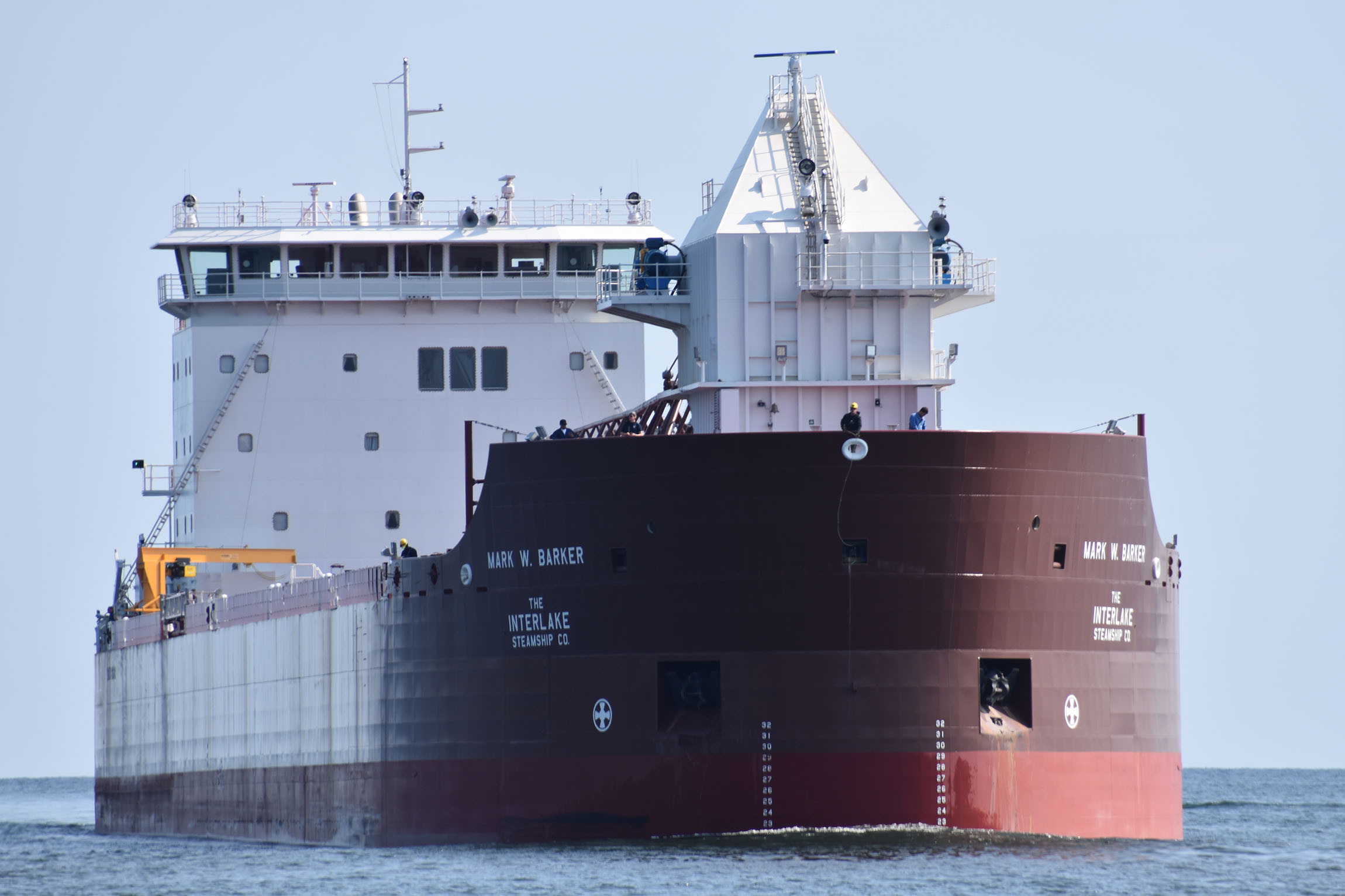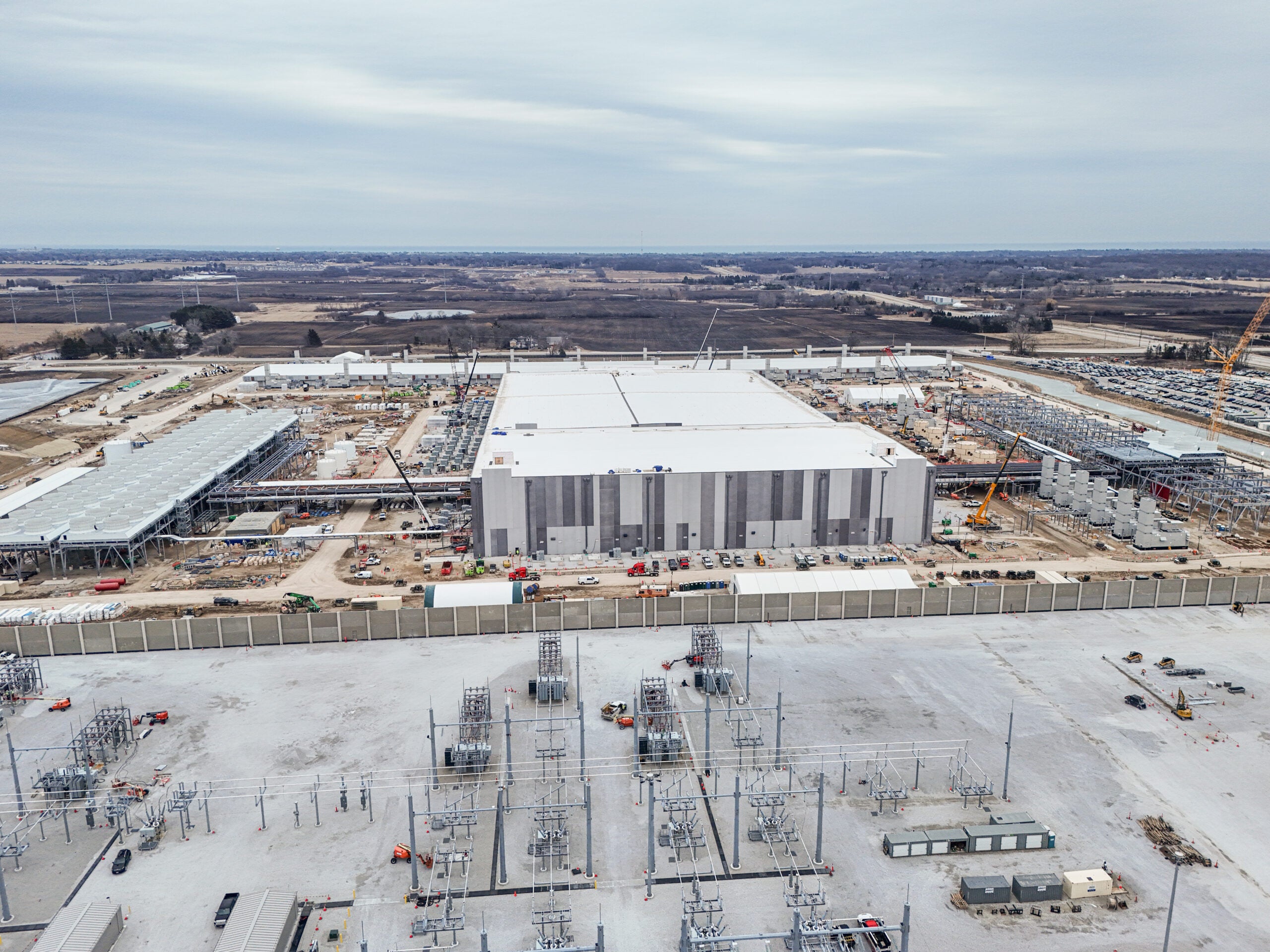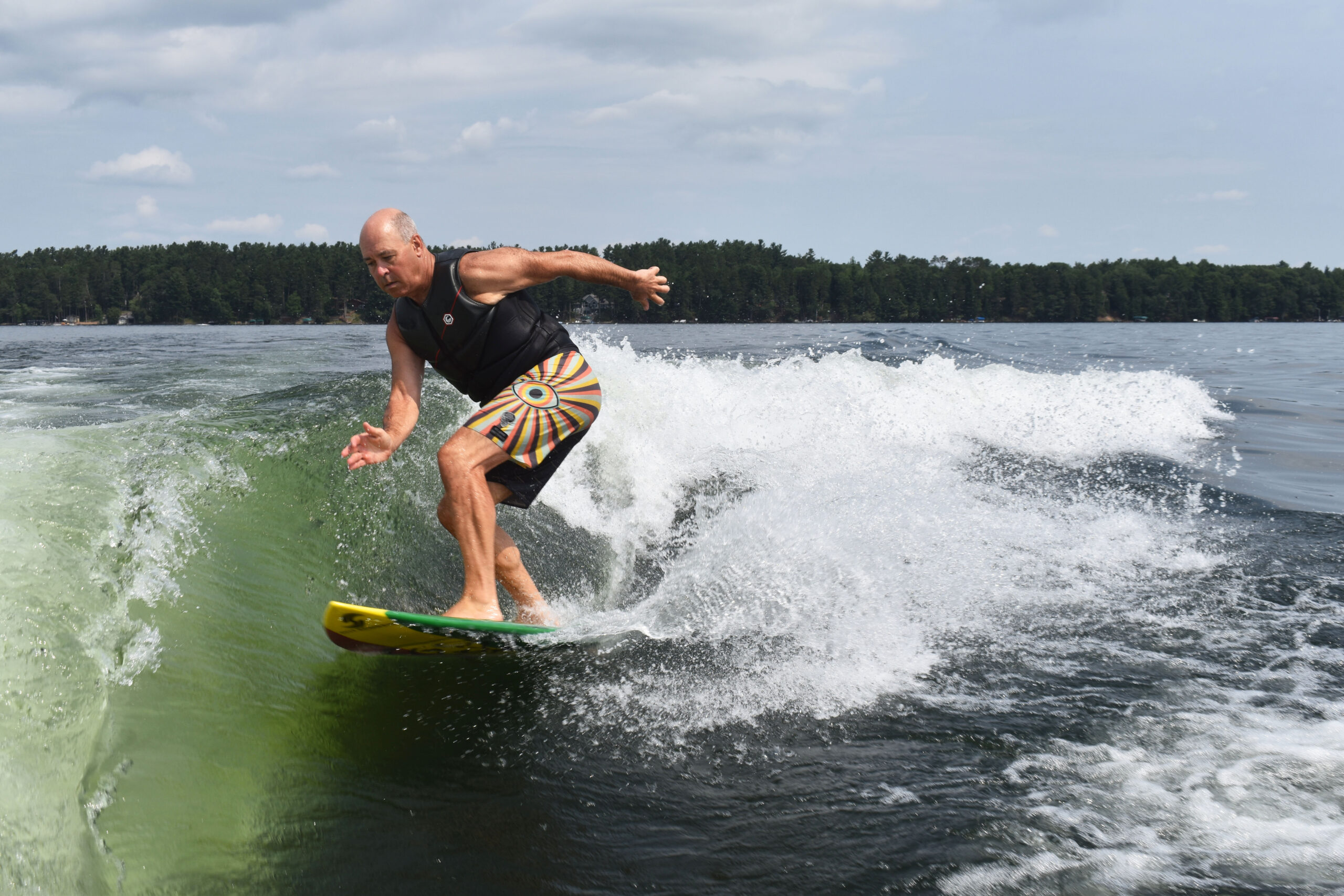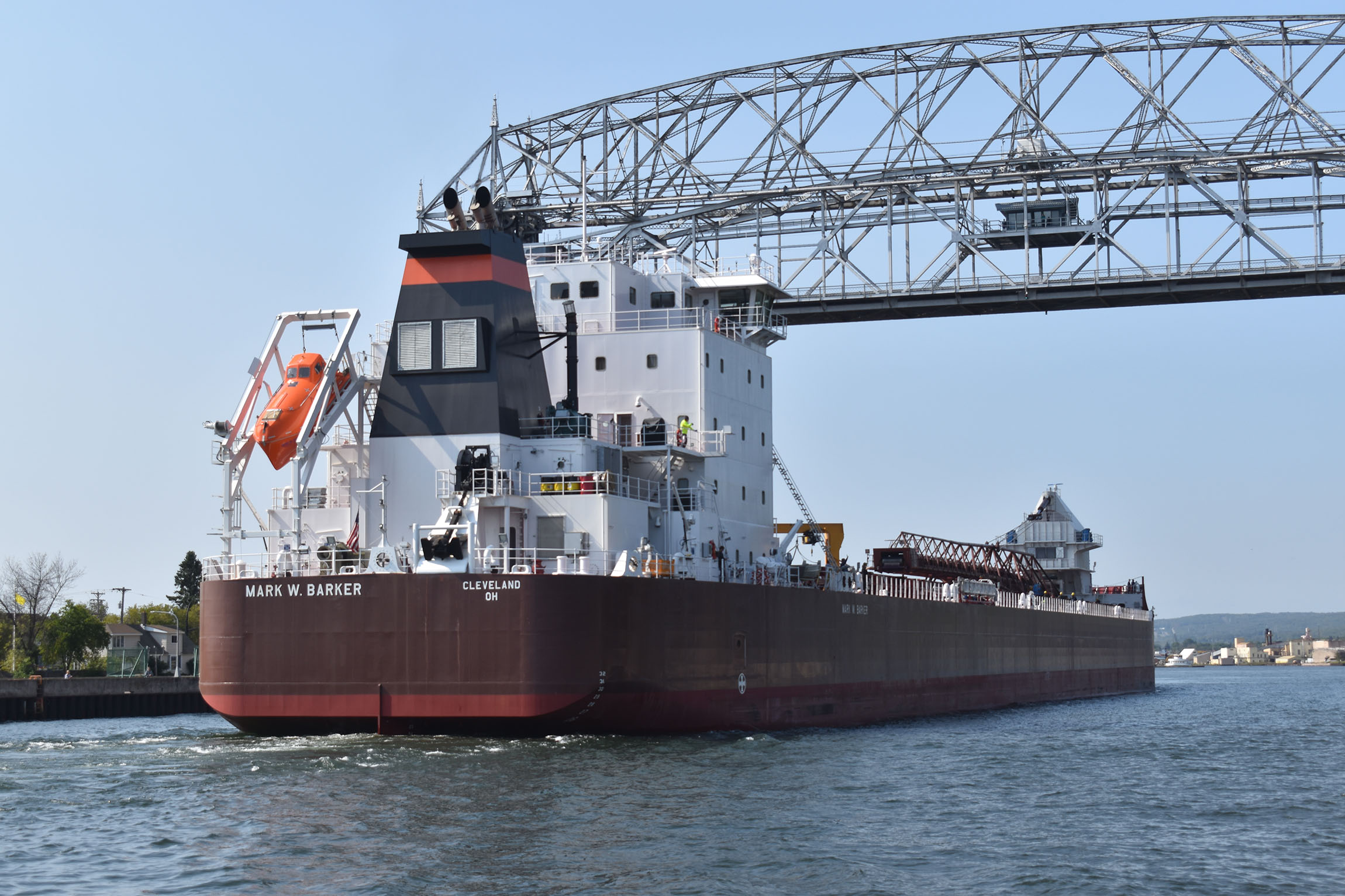The U.S. Environmental Protection Agency is revisiting proposed regulations for ballast water standards on ships to reduce the spread of invasive species. That could mean newer vessels on the Great Lakes would have to install treatment systems. The federal agency is proposing a supplemental rule that would bolster any final regulations on dumping ballast water.
Congress passed the Vessel Incidental Discharge Act in 2018 to streamline a patchwork of local, state and federal requirements for the shipping industry. The law requires the EPA and U.S. Coast Guard to develop regulations for mostly larger commercial vessels, as well as fishing vessels of all sizes.
In 2020, the EPA began crafting standards that exempted regulation of “lakers” — vessels that only operate in the Great Lakes. Now, the EPA is considering whether to require new lakers to use ballast water treatment systems approved by the U.S. Coast Guard.
But environmental advocates say the effort still doesn’t go far enough, including Molly Flanagan, chief operating officer with the Alliance for the Great Lakes.
News with a little more humanity
WPR’s “Wisconsin Today” newsletter keeps you connected to the state you love without feeling overwhelmed. No paywall. No agenda. No corporate filter.
“In order to protect the Great Lakes, we need every vessel operating within the Great Lakes to be treating their ballast water,” Flanagan said. “So that means vessels coming into the Great Lakes from other parts of the world, but it also means vessels that are traveling within the Great Lakes.”
A 2018 report found lake vessels are moving invasive species from the lower lakes to western Lake Superior. Researchers at the University of Wisconsin-Superior found several species of tiny zooplankton that hadn’t been previously documented in the lake. Flanagan said the EPA could phase in requirements for ballast water treatment or create separate standards for lakers rather than a blanket exemption.
Jim Weakley, president of the Lake Carriers’ Association, said about a half dozen ships built since 2009 could be affected, or any lake vessel that undergoes any major changes.
The EPA said it’s not requiring the existing U.S.-flagged fleet to treat ballast water due to environmental challenges and the costs for retrofitting vessels with treatment systems. A 2017 report commissioned by the shipping industry estimated it would cost around $639 million for those ships to install and operate ballast water treatment systems.
“They recognized that there’s no technology that will currently work on a laker to treat the ballast water because of the environmental conditions that we face,” Weakley said.
Weakley said the more than 40 vessels they represent face challenges with operating in colder temperatures and varying water quality. The EPA noted that environmental conditions in the lakes can clog filters and reduce the effectiveness of ballast water treatment systems. Weakley said tannins, compounds found in many plant foods, can limit the effectiveness of treatment methods that rely on ultraviolet light.
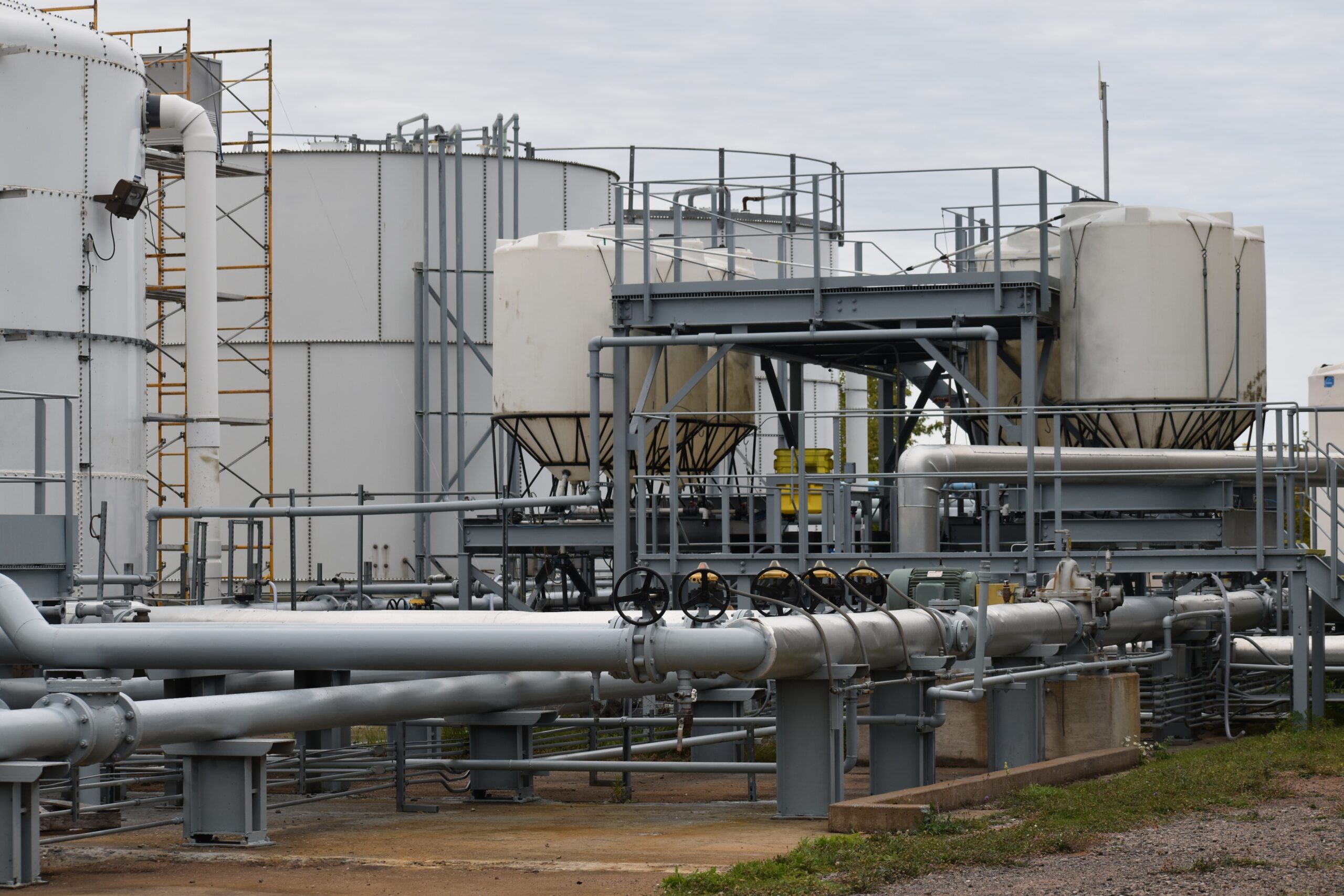
Danielle Kaeding/WPR
The U.S. and Canadian governments require oceangoing vessels to dump water they’ve taken on elsewhere and flush it with saltwater before entering the Great Lakes. The practice known as “swish and spit” has been in place since 2006, but lakers don’t have that option since they operate solely in the Great Lakes.
Lake vessels can span 1,000 feet and discharge more than 16 million gallons of ballast water. In the Great Lakes, it’s estimated there are more than 180 aquatic invasive species. It costs an estimated $500 million each year to manage invaders like quagga and zebra mussels that can damage power plants, water systems, boats, and docks. Since 1959, ballast water from ships accounts for up to 70 percent of all introductions.
Even so, Weakley noted there have been no new introductions of aquatic invasive species through ballast water since 2006, adding they’re collaborating with researchers on ballast water treatment systems.
UW-Superior received $5 million to speed up ballast water research and testing of new technologies to prevent the spread of invasive species. The university owns and operates the only land-based facility in the Great Lakes region for testing ballast water treatment systems.
Matt TenEyck, director of the university’s Lake Superior Research Institute, said they’re focusing on large-scale testing of those systems onboard lakers. Researchers are examining the use of treatment systems that use ultraviolet light. At its land-based facility, they’re also testing large-scale filters that could be coupled with treatment systems onboard lakers.
“With respect to what we’re finding onboard the ships that we have installed systems on, there is no doubt there are operational challenges,” TenEyck said. “There’s some reliability kinds of things that we see with the systems. They’re experiencing water quality issues.”
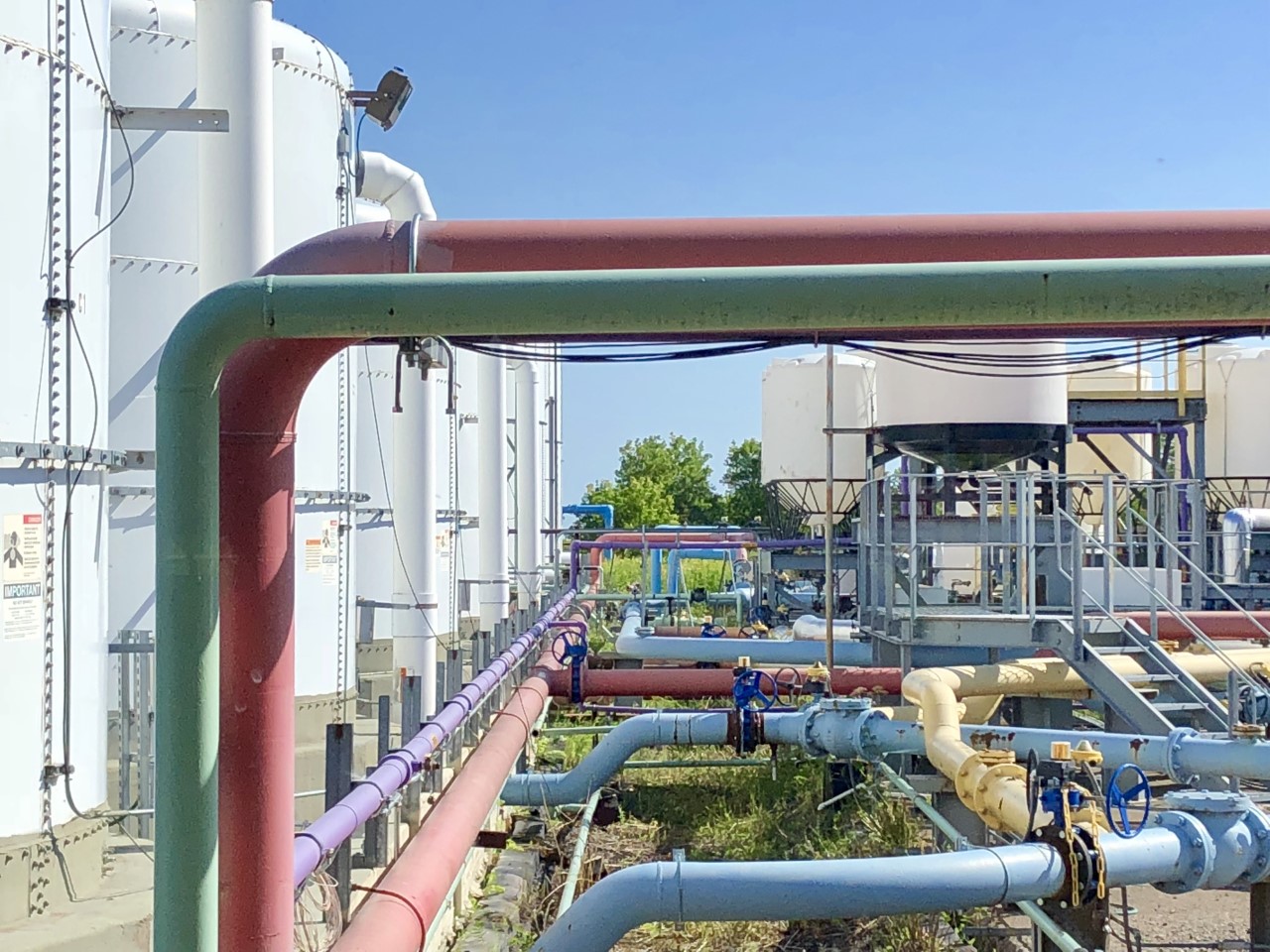
Danielle Kaeding/WPR
He said they’re investigating whether those issues could be managed. TenEyck noted that although tannins have been shown to slow the passage of ultraviolet light in the water, evidence also shows UV systems can be highly effective at treating ballast water. He hopes some of that data may become available by early next year.
In the meantime, researchers just began measuring whether ice conditions could potentially damage filters, rendering them ineffective. They plan to expose filters to cold water, document any damage, and then test them again in the spring to see if it reduced their ability to treat ballast water.
“We need some more data,” TenEyck said. “We understand the urgency. You don’t want to wait for the next invasion and then still be dragging your feet on this. I don’t think that’s the case here. Large-scale testing takes time. We got to do it over multiple years and seasons to get this right the first time.”
The EPA plans to hold two virtual public meetings on its supplemental rule. Comments on its proposed regulations are due by Dec. 18.
Wisconsin Public Radio, © Copyright 2026, Board of Regents of the University of Wisconsin System and Wisconsin Educational Communications Board.
